History Songs Coming Soon!!!
The Ukulele School The Ukulele School Join Us Free Sample Lessons The Ukulele Cafe Contact Shop Exciting News!!! or should we say Olds… We’ve developed an exciting new set of history topic based songs for you to have fun with, covering key learning points to reinforce those key facts you want remembering. Each song features […]
The Big Festive Strum
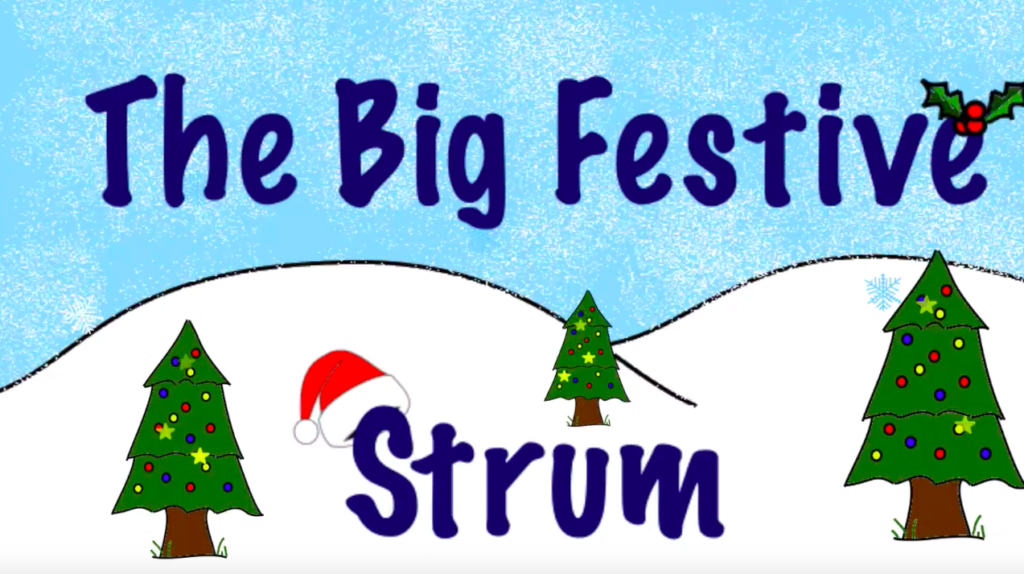
The Ukulele School The Ukulele School Join Us Free Sample Lessons Summer Strum Contact The Big Festive Strum As a special Christmas present The Ukulele School is bringing you. The Big Festive Strum. For one evening only join Adam and Phil from The Ukulele School, for a sing and strum through a selection of Christmas […]
New Learn at Home youtube series has begun!

The Ukulele School The Ukulele School Join Us Free Sample Lessons 5 Things to Consider When Buying a Class Set of Ukuleles. Seeing as many of us are going to be spending a bit more time at home at the moment, we thought we would try and beat the boredom a bit with a new […]
First Unit Now Free!
The Ukulele School The Ukulele School Join Us Free Sample Lessons The Ukulele Cafe Contact Shop To get you all started with your ukulele journey we have decided to make our first unit (6 lessons) absolutely FREE of charge. In this unit you cover the basic chords C and F and learn how to change […]
The Rise of the Ukulele – Why Classical Instruments Have Nothing to Fear…
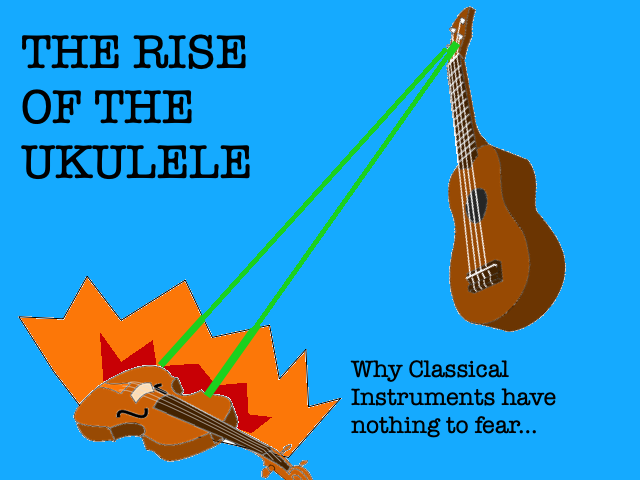
The Ukulele School The Ukulele School Join Us Free Sample Lessons We all know that ukuleles are great for classroom music lessons and the popularity of the ukulele is certainly at something of a high amongst young people at the moment. However, a teacher recently pointed me to this article in The Guardian from 2018 […]
5 Things to Consider When Buying a Class Set of Ukuleles.
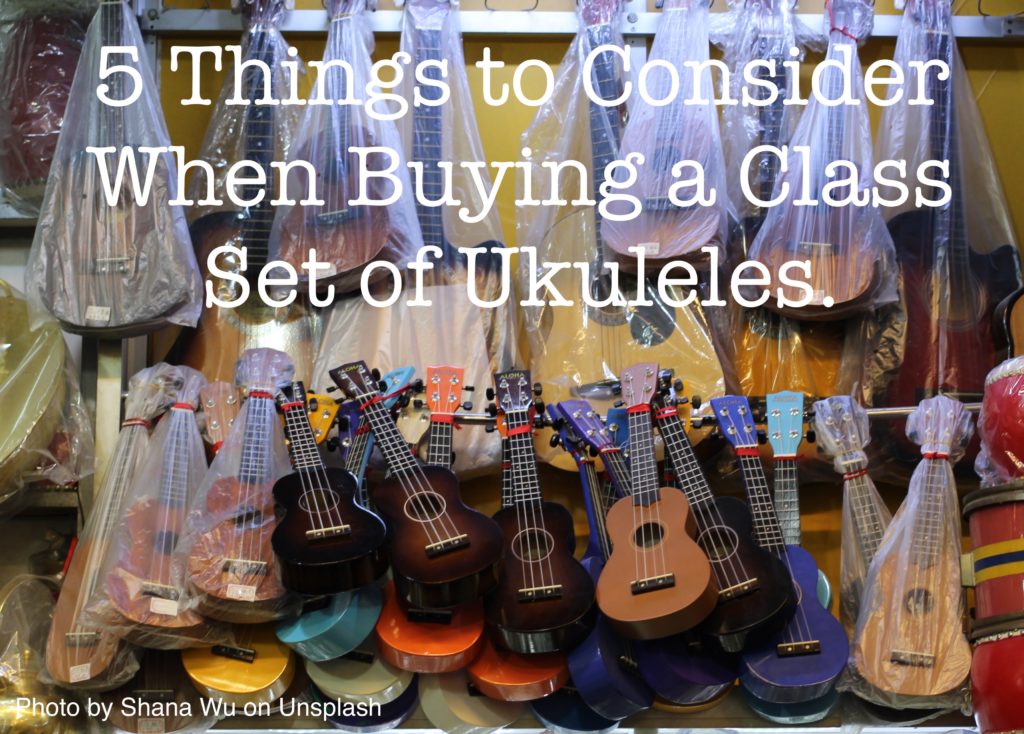
The Ukulele School The Ukulele School Join Us Free Sample Lessons Music in the wider curriculum – How the ukulele is not just for music lessons. If you want any sort of ukulele scheme to take place in your school, you are going to need some instruments to play. There are a vast array of […]
Music in the wider curriculum – How the ukulele is not just for music lessons.
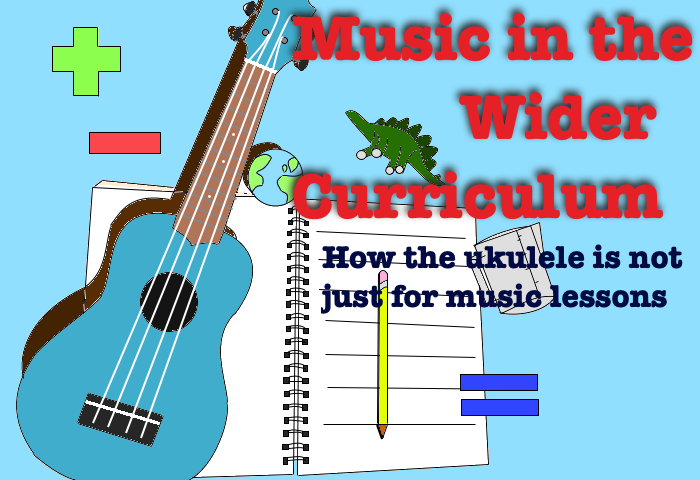
The Ukulele School The Ukulele School Join Us Free Sample Lessons Music in the wider curriculum – How the ukulele is not just for music lessons. Every so often an article or post appears extolling the virtue of music as a way of making our students more attentive/better listeners/better team players/more intelligent, and whilst many […]
What is a 7 chord and do we need them?
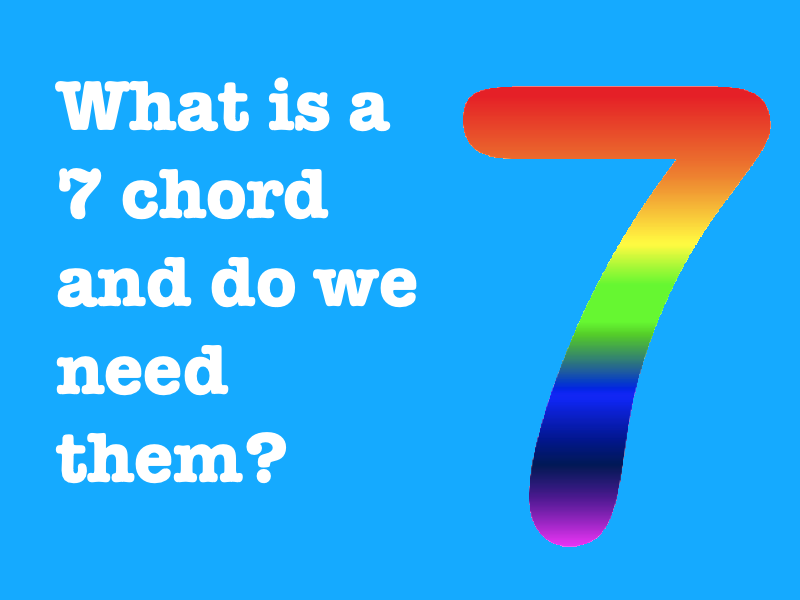
The Ukulele School The Ukulele School Join Us Free Sample Lessons Why the ukulele is so much more than a toy guitar. Many tutor books and beginner ukulele courses feature a G7 chord quite early on. Along with C7 they are often among the earliest chords you are encouraged to use but what is a […]
How to tune 30 ukuleles as quickly as possible

The Ukulele School Join Us Free Sample Lessons The Ukulele School The Ukulele School Join Us Free Sample Lessons So you’ve just bought a lovely new set of ukuleles to use in your classroom… How are you going to get them in tune? How are you going to get them to stay in tune? Don’t […]
5 must watch ukulele videos for your music lessons.

The Ukulele School Join Us Free Sample Lessons The Ukulele School The Ukulele School Join Us Free Sample Lessons A good music lesson should always try to focus on learning through playing music, but we shouldn’t ignore the importance of listening to music as well. The national curriculum in England states that pupils should: “appreciate […]